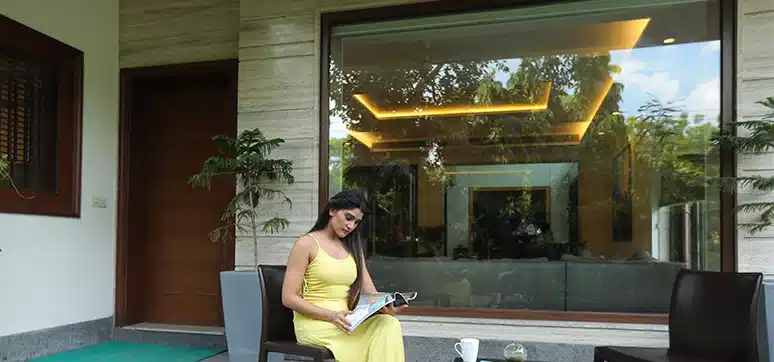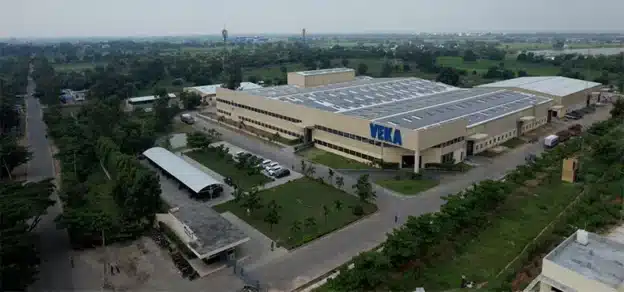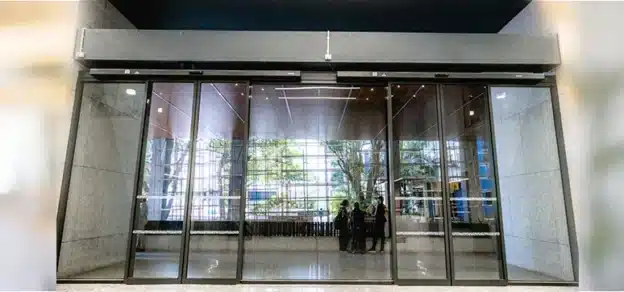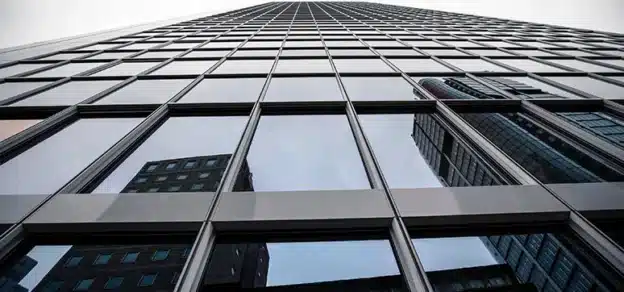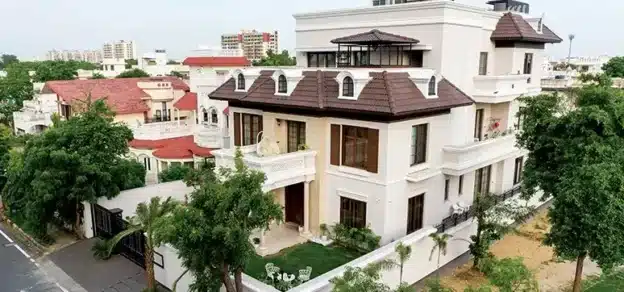Being in the window industry since 1999 in various capacities and companies gave me a unique opportunity to see the change in the window industry in the last 2 decades. Window sizes were smaller – 4’ x 4’, 6’x4’; window openings had shades (chajjas), and there was no concept of testing. When I used to talk about tests and performance, I was told, that our window has been functioning perfectly well for so many years.
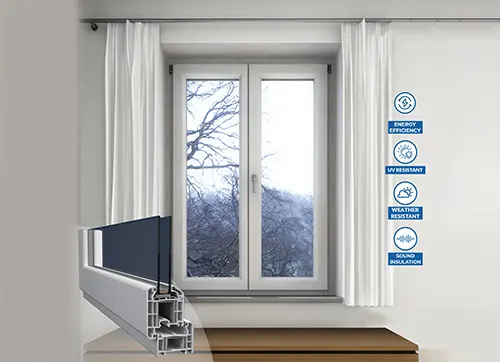 Domal was opposed vehemently, and PVC was almost ostracised. Glass was from 3mm to 5.5mm. Thicker glasses and Double Glazed Glass for windows were very very limited. Sun films and tinted glass fought against each other to offer sun protection.
Domal was opposed vehemently, and PVC was almost ostracised. Glass was from 3mm to 5.5mm. Thicker glasses and Double Glazed Glass for windows were very very limited. Sun films and tinted glass fought against each other to offer sun protection.
Entry of major European uPVC profile companies, aluminium system companies, hardware companies and performance glass brought in concepts of energy saving, noise reduction and functionality of windows beyond just opening and closing. However, installation still posed a big challenge. A good window is installed badly = bad window.
In the meantime, the façade industry was growing rapidly in terms of technology – unitised façades became more common. Façade testing started & people started taking leakage of air and water, structural performance and acoustic insulation more seriously. IT companies demanded bigger offices with shimmering glass façades.
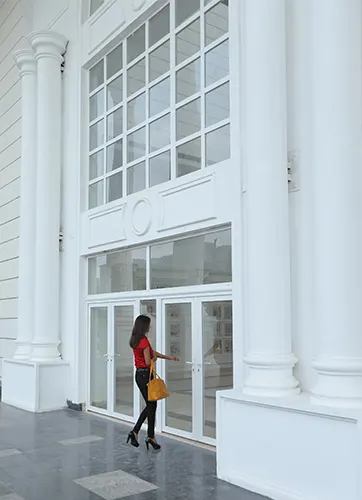 Many of the window producers were attracted to the façade market and aluminium windows became poorer cousins of uPVC windows. uPVC windows started to grow rapidly especially in the southern region of India as the window sizes were still comparatively less challenging than in the west and north. As there was a big gap between a big aluminium window producer and a smaller low-cost producer, uPVC filled in. The visible problems such as poor powder coating, gaps in window corners, and poor hardware were easily solved by uPVC windows with welded corners and multi-point locking hardware.
Many of the window producers were attracted to the façade market and aluminium windows became poorer cousins of uPVC windows. uPVC windows started to grow rapidly especially in the southern region of India as the window sizes were still comparatively less challenging than in the west and north. As there was a big gap between a big aluminium window producer and a smaller low-cost producer, uPVC filled in. The visible problems such as poor powder coating, gaps in window corners, and poor hardware were easily solved by uPVC windows with welded corners and multi-point locking hardware.
2010 onwards saw a major change in building construction. Taller buildings, bigger windows, performance testing and engineered windows. Tall buildings and faster construction due to formwork construction led to bigger projects which started to attract the aluminium players back to the window market. Aluminium system companies started to push for testing and performance. Installation in high-rise buildings was a challenge as only a skilled façade producer could handle it. High performance in terms of structural stability with less weight and thinner sight lines for these tall buildings made it easier for aluminium.
Formwork construction and lighter outer wall construction design for more economical and faster construction led to bigger windows. The heights of windows began to increase to 6’ and then 7’; doors from 7’ to 8’ and now almost 10’ in many projects. Some feel a bigger size means less cost/Sq ft. But actually, a bigger size means stronger mullions to prevent deflection against strong winds. Cost doesn’t necessarily drop unless one just uses it without any design or structural calculation. This could be dangerous in case of cyclones or storms.
The introduction of glazing in the National Building Code has brought some awareness, especially in the usage of safety glass. The glass industry has strived hard to lobby for the right use of glass in buildings. Sometimes the focus is only on the glass and not on the framing material or performance of the window as a whole unit.
For the last couple of years, the Bureau of Indian Standards has started to push the industry to usher in standards for profiles, doors and windows. The cooperation between all major players, government and testing agencies is laying the foundation for new-generation windows and window technologies. These standards will drive “Make in India” and create opportunities in not only window production but also in hardware, gaskets, installation, software, management, testing and finance. Truly exciting times ahead!
